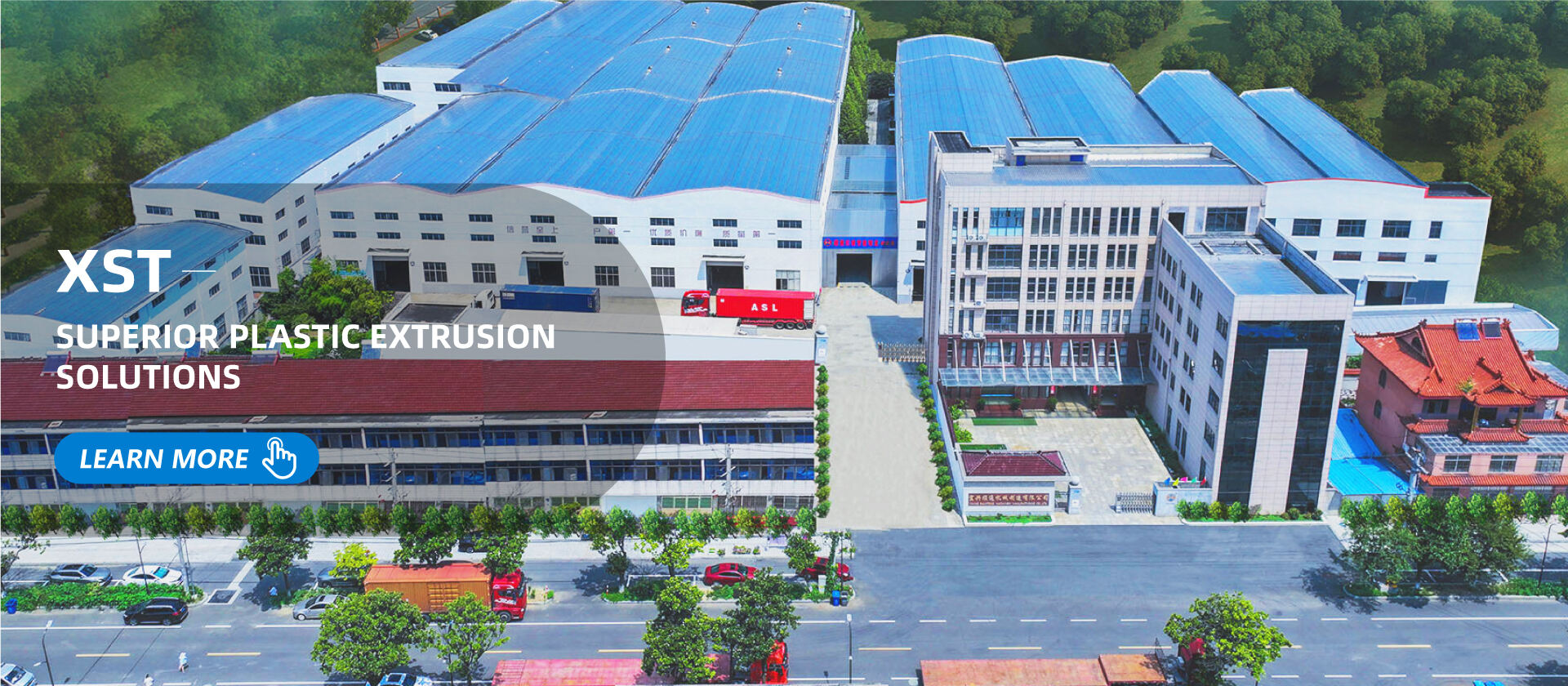Brushless Motor Windings: Powering High-Efficiency, Long-Lasting Performance Across Core Industries
In the new energy vehicle (NEV) sector, brushless motor windings are a critical component for both main drive motors and auxiliary motors (e.g., for air conditioning, power steering). Their ability to handle high current densities without excessive heat buildup ensures stable power output—essential for extending EV range—and their resistance to wear (a byproduct of brushless design) aligns with the industry’s demand for long-lasting, low-maintenance components. As global NEV adoption grows, the demand for high-performance windings tailored to compact, high-torque motor designs will rise sharply.
For household appliances and consumer electronics, brushless motor windings enable the shift toward quieter, more energy-efficient products. In devices like smart refrigerators, air purifiers, and wearable tech (e.g., fitness trackers with vibration motors), these windings support precise speed control and minimal power loss. Unlike traditional brushed motor windings, they produce less electromagnetic interference, which is crucial for protecting sensitive electronics in modern appliances. This makes them a staple for manufacturers aiming to meet consumer demands for eco-friendly, quiet, and reliable home and personal devices.
In industrial and renewable energy systems, brushless motor windings excel in harsh, high-duty-cycle environments. They power industrial equipment such as variable-speed pumps, conveyor belt motors, and automated machinery, where their durability and consistent performance reduce downtime. Additionally, in renewable energy setups—like wind turbine auxiliary motors or solar panel tracking systems—they withstand temperature fluctuations and outdoor conditions while maintaining efficiency. As industries push for carbon neutrality, the need for windings that support energy-saving brushless motors will become even more urgent.

